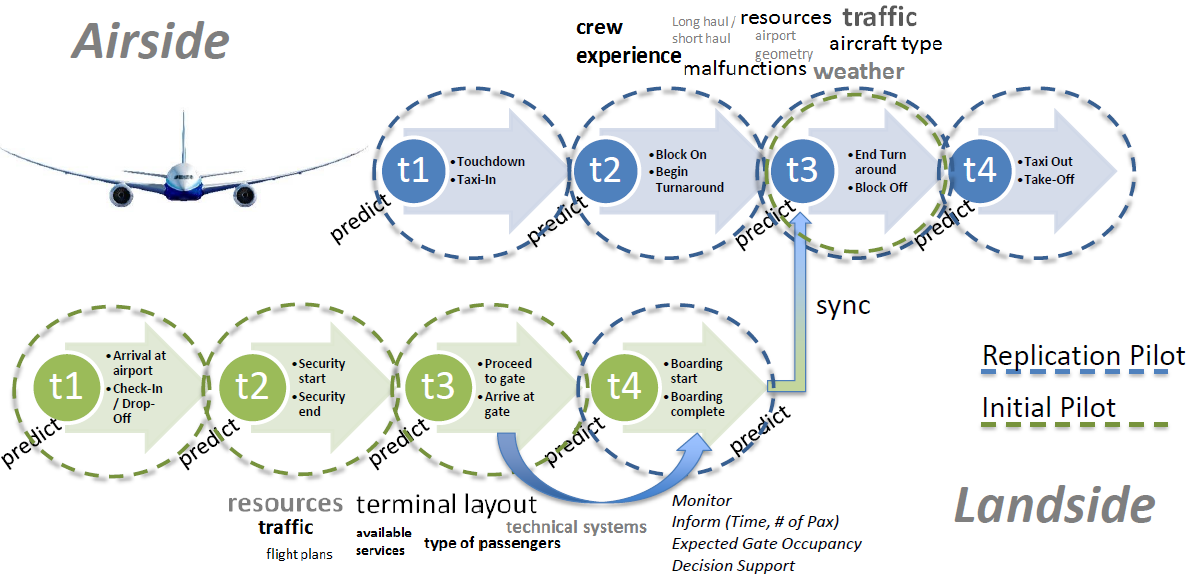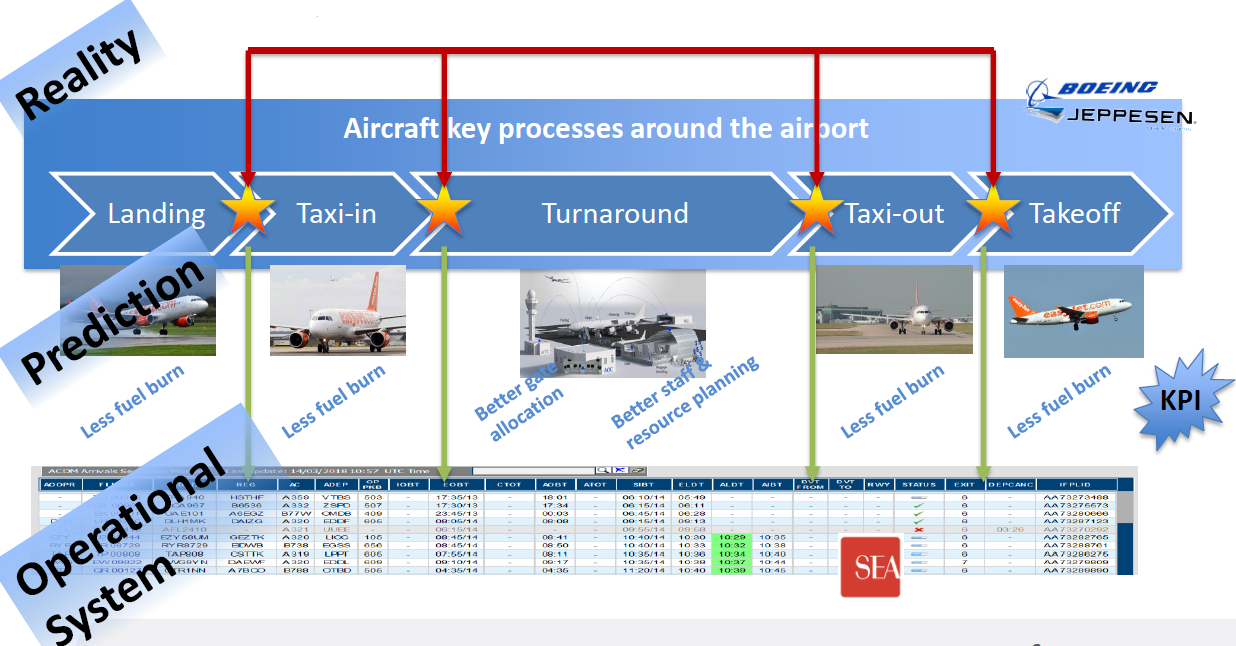
- 27 November, 2018
Big Data models are already improving airport operations
Big Data models are already improving airport operations
The year 2017 saw a new record in passenger and cargo. The International Civil Aviation Organization (ICAO) declared that 4.1 billion passengers and 56.1 million tonnes of freight were carried in 2017, showing over a 7% increase in both passengers and freight. The latest ICAO long-term air traffic forecasts reveal that the 4.1 billion figure in airline passengers for 2017 is expected to grow to about 10 billion by 2040, while the number of departures could rise to some 90 million in 2040.
Needless to say, the phenomenal growth in passenger flow and air traffic generates large amounts of data, which is ideal for applying Big Data technology to the aviation domain. While the data generated would be too much to handle using traditional database systems and most of it would remain unused, Big Data can overcome this challenge. Generally, traditional analysis systems are costly and are used to clarify serious irregularities in airport operation. By adopting Big Data Technology systems, data obtained from monitoring every major system on ground and onboard can be easily exploited, leading to new predictive and much more accurate models that enhance operation.
A double airport pilot system with diversified necessities and scopes
TransformingTransport is demonstrating the usefulness of Big Data in two pilot projects, one in Athens airport, Greece, and the other in Malpensa airport near Milan, Italy. Athens is focusing on the landside process, while Malpensa is investigating the airside process, yielding new models that can ultimately be combined and replicated across Europe.

Smart Passenger Flow Pilot in Athens
In 2017 Athens Airport handled over 21.7 million passengers with an 8.6% increase in activity compared to 2016. With this in mind, the pilot conducted an analysis of passenger behaviour to help optimise operation. It predicted aircraft delays due to late passengers and improved the transfer process by decreasing the number of passengers missing connections. This in turn helped improve the scheduling of daily operation and resources required in security areas.
Better understanding of every process and how it affects overall airport operation leads to new business models based on data. To improve the research on passenger behaviour, the pilot focused on researching four key aspects. To begin with, it looked at the relationship between international and domestic flights, baggage check-in and passenger arrival times. In parallel, it compared the behaviour of male and female passengers and identified the impact of gender differences on airport operations. Business and transit passenger patterns were also analysed, so were the different check-in channels and associated passenger behaviour. In essence, the pilot exploited Big Data capabilities to improve operations for different stakeholder groups related to the pilot.
Replication Pilot in Malpensa (Milan)
In 2017 Milan Malpensa Airport handled over 22.0 million passengers, making it the 29th busiest airport in Europe. The pilot differs from the Athens one as it focuses on aircraft turnaround, meaning managing processes from arrival to departure of the aircraft. In this case, the pilot is working on analysing large amounts of recorded data in order to better predict key planning times and to feed them into the operational planning system at the airport.
To achieve this, the pilot selected a group of airlines for building a consistent database with historical data. It then produced descriptive models created from the data, ultimately leading to viable predictive models. As a result, the Arrival predictor (ETA predictor), along with boarding and taxi-time predictors were integrated within Malpensa operations, namely the airports shadow system, for live testing.

Benefits to business and passengers
From a business perspective, Big Data models in the Aviation Industry will lead to the development of analytics systems that can better anticipate customer requirements and market trends. The collection and processing of large amount quantities of data are expected to lead to better cost efficiency through proactive resource planning and more efficient use of existing infrastructure supported by less delays. Better on-time performance through proactive planning based on more accurate predictions and more efficient use of existing infrastructure is also expected to emerge. Lastly, improved travel experience/services for passengers through better punctuality, less delays, less missed connections, less waiting times and positive interventions in passenger behaviour through personalisation will also result from Big Data models in aviation.
Our Tought